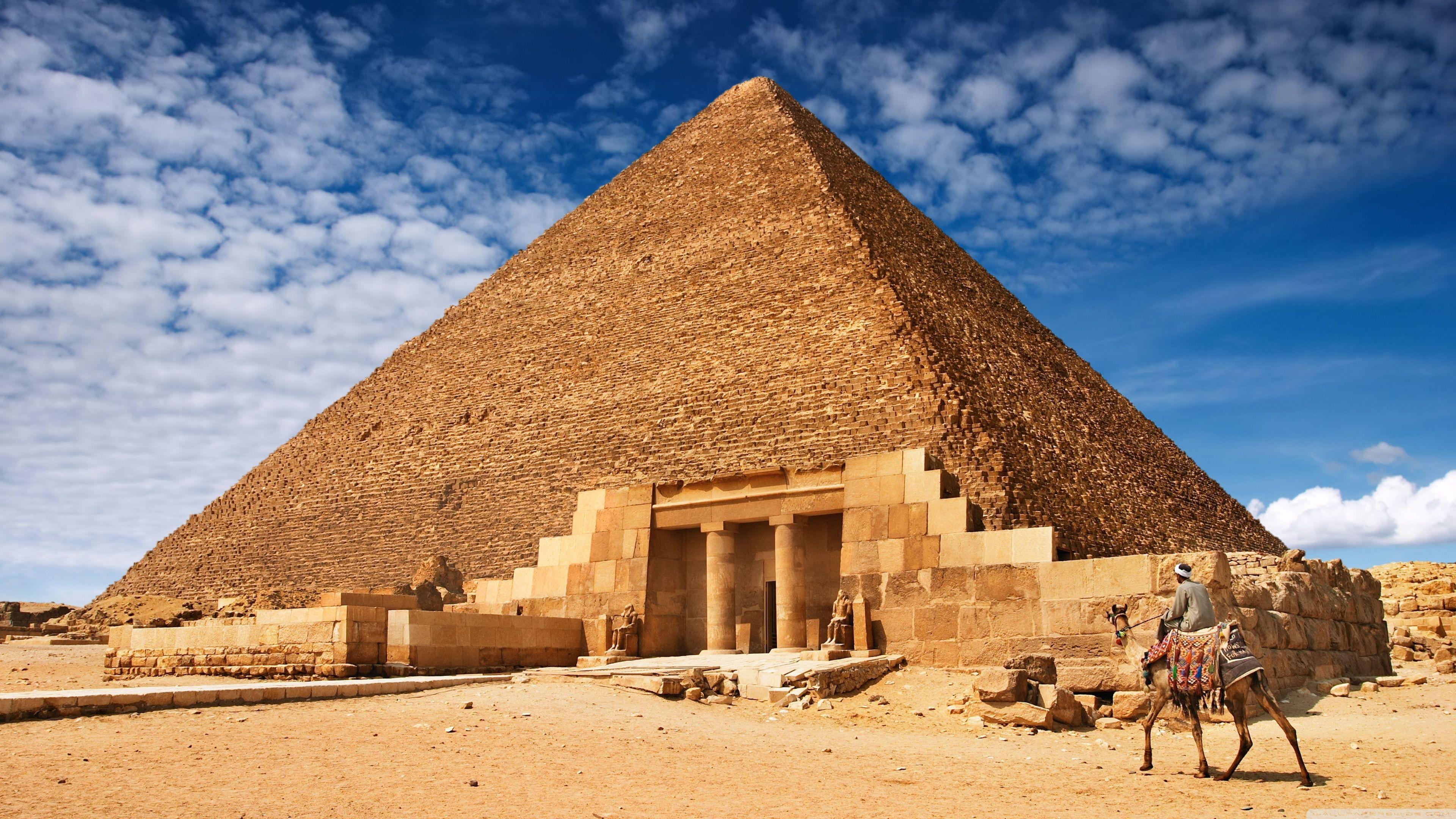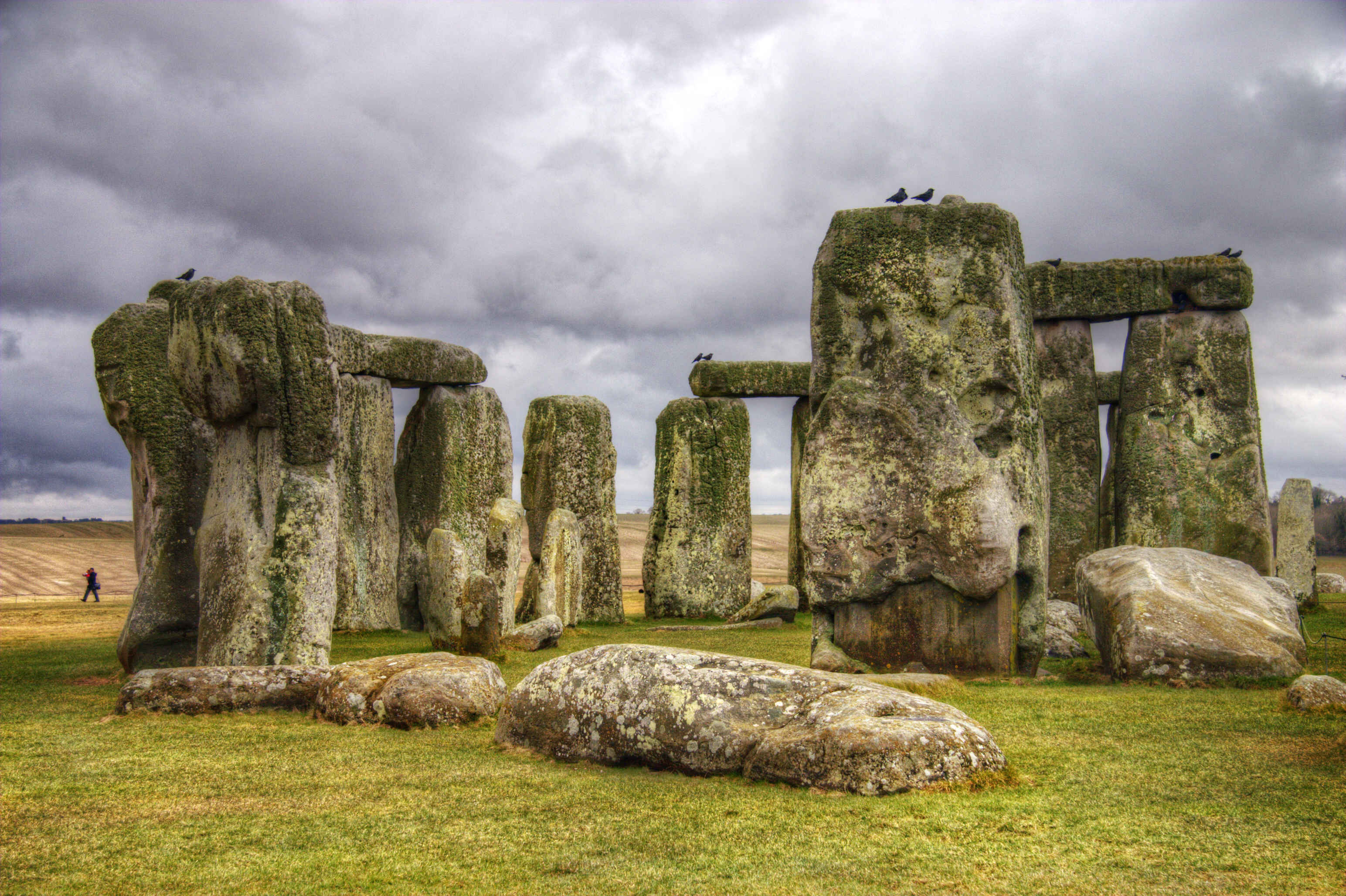These spots might not have been crafted by extraterrestrials, but that doesn’t mean they’re not out of this world.
Planet Earth is home to some spectacular relics from bygone eras, constructions that seem to defy the technological capabilities of their time either because they’re too big, too heavy, or too complex.
As such, some suggest the ancient builders of the Egyptian pyramids, the Nasca lines, and others were following an extraterrestrial instruction manual. Perhaps the hands that crafted these sites weren’t really of this world.
To be sure, it’s fun to think about whether aliens have visited Earth. After all, humans are on the threshold of expanding our reach in space, and places like Mars are in our sight. But the truth is, there’s no evidence suggesting that aliens have ever been here. And invoking a supernatural explanation for some of the most monumental of human achievements means skipping over the fascinating ways in which prehistoric civilizations managed to make some of the largest and most enigmatic constructions on Earth.
Nasca Lines
On a high and dry plateau some 200 miles southeast of Lima, more than 800 long, straight white lines are etched into the Peruvian desert, seemingly at random. Joining them are 300 geometric shapes and 70 figures of animals, including a spider, monkey, and hummingbird.
The longest of the lines run straight as an arrow for miles. The biggest shapes stretch nearly 1,200 feet across and are best viewed from the air. Scientists suspect the Nasca drawings are as many as two millennia old, and because of their age, size, visibility from above, and mysterious nature, the lines are often cited as one of the best examples of alien handiwork on Earth. Otherwise, how would an ancient culture have been able to make such huge designs in the desert without being able to fly? And why?
Turns out, it’s rather easy to understand the how. Called geoglyphs, these enigmatic designs are made by removing the top, rust-colored layer of rocks and exposing the brighter white sand underneath.
The why is a bit tougher to comprehend. First studied in the early 1900s, the designs were initially suspected to be aligned with constellations or solstices, but more recent work suggests the Nasca lines point to ceremonial or ritual sites related to water and fertility. And in addition to being visible from the air, the shapes can be seen from surrounding foothills.
Egyptian Pyramids
Just outside Cairo, in Giza, the most famous of Egypt’s pyramids rise from the desert. Built more than 4,500 years ago, the Pyramids at Giza are monumental tombs where ancient queens and pharaohs were buried.
But how, exactly, did the Egyptians build these things? The Great Pyramid is made of millions of precisely hewn stones weighing at least two tons each. Even with today’s cranes and other construction equipment, building a pyramid as big as that of Pharaoh Khufu would be a formidable challenge.
And then there’s the astronomical configuration of the pyramids, which is said to align with the stars in Orion’s belt. As well, alien theorists often point to the fact that these three pyramids are in way better shape than others built centuries later (never mind the amount of work that has gone into preserving them over the past several centuries).
So are Egypt’s pyramids artifacts of aliens? Not exactly. It’s true that scientists aren’t quite sure how the ancient Egyptians build the pyramids—and especially how they did it so quickly—but there’s ample evidence that these tombs are the work of thousands of earthly hands.
Stonehenge
A huge circle of stones, some weighing as much as 50 tons, sits in the English countryside outside Salisbury. Known as Stonehenge, the Neolithic monument inspired Swiss author Erich von Däniken to suggest it was a model of the solar system that also functioned as an alien landing pad—after all, how else could those massive stones have ended up hundreds of miles from their home quarry?
No one knows what, exactly, the meaning of Stonehenge is, but, as with all the other sites in this collection, the explanation is not aliens. Instead, scientists have demonstrated it’s actually possible to build such a thing using technologies that would have been around 5,000 years ago, when the earliest structures at the site were built.
And now, it appears as though the stones are aligned with solstices and eclipses, suggesting the Stonehenge builders were at least keeping an eye on the heavens, even if they didn’t come from above.
Teotihuacán
Teotihuacán, meaning the "City of the Gods," is a sprawling, ancient city in Mexico that’s best known for its pyramidal temples and astronomical alignments. Built more than 2,000 years ago, Teotihuacán’s age, size, and complexity can make it seem otherworldly, but it’s very much the work of humans.
Scientists suspect that over centuries, a mix of cultures including Maya, Zapotec, and Mixtec built the city that could house more than 100,000 people. With its murals, tools, transportation system, and evidence of advanced agricultural practices, Teotihuacán is often considered much more technologically developed than should have been possible in pre-Aztec Mexico.









Comments
Post a Comment